How to Optimize Solar Irrigation Systems for Maximum Crop Yield
In recent years, solar irrigation systems have emerged as a transformative solution for enhancing agricultural productivity, particularly in regions with limited access to reliable water sources. According to a report by the Food and Agriculture Organization (FAO), approximately 70% of the world's freshwater is utilized for irrigation, yet the efficiency of traditional systems is often hindered by their reliance on unsustainable energy sources. By harnessing solar energy, farmers can not only reduce operational costs but also mitigate their environmental footprint. A study from the International Renewable Energy Agency (IRENA) highlights that integrating solar-powered irrigation can increase crop yields by over 30%, making it a critical tool for food security in the face of climate change. However, optimizing these systems to address common problems—such as uneven water distribution and energy management—remains essential for maximizing their potential and ensuring sustainable agricultural practices.

Benefits of Solar Irrigation Systems for Sustainable Agriculture
Solar irrigation systems are revolutionizing the agricultural landscape by providing a sustainable solution to water management. One of the primary benefits of these systems is their ability to harness renewable energy, significantly reducing the dependency on fossil fuels. By utilizing solar power, farmers can operate their irrigation systems at lower costs, decreasing overall expenses and boosting profitability. This not only supports the financial viability of farms but also promotes environmentally friendly practices that are essential for the future of agriculture.
Moreover, solar irrigation systems enhance water efficiency, a critical component of sustainable agriculture. These systems use advanced technology to monitor soil moisture levels and optimize water delivery, ensuring crops receive the right amount of hydration. This precision reduces water waste and minimizes runoff, which can lead to soil degradation and pollution. As a result, farmers can achieve higher crop yields while conserving vital water resources. Ultimately, the integration of solar irrigation into farming practices represents a significant step towards achieving sustainability in agriculture, benefiting both the environment and food security.

Key Factors Influencing Crop Yield in Solar-Powered Irrigation
Solar-powered irrigation systems are becoming a game-changer for farmers, especially in water-scarce regions like Northwestern Bangladesh and Pakistan. Key factors influencing crop yield in these systems are primarily linked to water availability, solar energy efficiency, and crop management practices. By maximizing the daily and yearly sum of global horizontal irradiation, farmers can significantly enhance the performance of their irrigation systems, which directly impacts crop productivity. Harnessing solar energy not only reduces greenhouse gas emissions but also lowers operational costs associated with traditional fossil fuel-based irrigation methods.
The integration of renewable energy into agriculture is critical for addressing the challenges posed by water scarcity. Research shows that the adoption of solar-based irrigation can provide consistent water supply and improve farmer incomes. Moreover, innovative designs such as agrivoltaics, which utilize land for both agriculture and solar energy production, present a dual opportunity for enhanced efficiency and sustainability. As farmers increasingly turn to solar solutions, the intersection of technology and agriculture promises to transform farming practices while supporting resilience against climate change.
Five Essential Components of an Efficient Solar Irrigation System
When it comes to optimizing solar irrigation systems for maximum crop yield, understanding the essential components is crucial. The first key element is solar panels. These convert sunlight into electricity, powering the entire system. Choosing high-efficiency panels ensures that you get the most out of your solar energy, especially during peak sunlight hours, which is vital for maintaining water flow during critical growth periods.
Next, the inverter plays a vital role by converting the direct current (DC) generated by the solar panels into alternating current (AC) for use in water pumps and other components. Selecting a reliable inverter that matches the system capacity can enhance performance and prevent energy loss. Additionally, advanced drip irrigation technology is essential since it delivers water directly to the plant roots, reducing waste and increasing efficiency. Coupling this with smart controllers can optimize water delivery based on real-time data, ensuring that crops receive the perfect amount of moisture.
Crop Yield Optimization with Solar Irrigation Systems
Seven Tips for Maintaining Optimal Performance of Solar Irrigation
Maintaining optimal performance of solar irrigation systems is crucial for maximizing crop yield. One effective strategy is to regularly inspect and clean solar panels. According to a report from the Solar Energy Industries Association, dirty panels can reduce efficiency by up to 20%. Regular cleaning ensures that the panels operate at their maximum capacity, allowing for more effective energy harnessing to power irrigation needs.
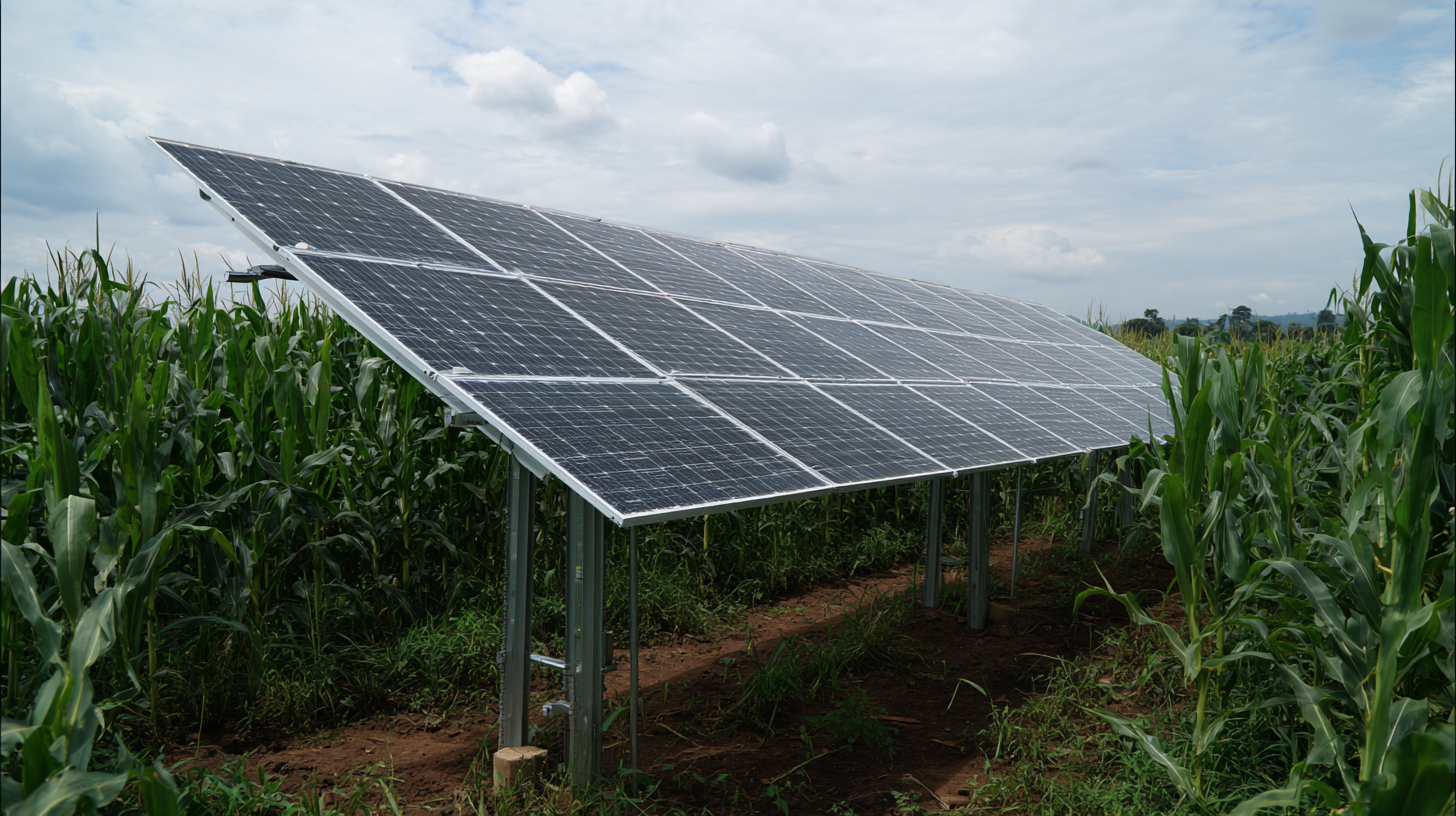
In addition, utilizing efficient drip irrigation systems can greatly enhance water usage. Data from the Food and Agriculture Organization indicates that drip irrigation can improve water use efficiency by up to 90% compared to surface irrigation. This not only conserves water but also delivers moisture directly to the plant roots, promoting healthier crops and higher yields. Moreover, integrating smart irrigation technology that monitors soil moisture levels can further optimize water usage, ensuring that crops receive the right amount of water at the right time, ultimately contributing to improved agricultural productivity.
Strategies to Monitor and Adjust Irrigation for Maximum Efficiency
Optimizing solar irrigation systems requires continuous monitoring and adjustment to achieve maximum efficiency and crop yield. Recent studies have shown that farms utilizing smart irrigation technologies can increase water use efficiency by up to 50%. Implementing sensors that track soil moisture levels can provide critical data, allowing farmers to adjust watering schedules in real-time and avoid the common pitfall of over-irrigation, which not only wastages water but can also negatively affect crop health.
Tip: Consider installing moisture sensors and automated irrigation systems that can adapt to changing weather conditions.
Regular monitoring of local weather patterns is equally important. The National Oceanic and Atmospheric Administration (NOAA) emphasizes that understanding rainfall variability can further optimize irrigation scheduling. Integrating predictive analytics with solar irrigation systems helps farmers anticipate water needs, thus aligning irrigation with actual weather forecasts and minimizing resource waste.
Tip: Use weather forecasting tools and apps to plan irrigation cycles, ensuring you water crops only when necessary.
Farmers should also take into account crop-specific water requirements. The Food and Agriculture Organization (FAO) outlines that different crops have varying irrigation needs — for instance, corn requires about 600 mm of water per season, while wheat only needs about 450 mm. Adjusting irrigation techniques based on crop type can significantly enhance yield.
Tip: Customize your irrigation strategy to account for the specific water needs of each crop being cultivated.
Related Posts
-

Exploring the Surge of Solar Pumps Demand at the 137th Canton Fair: Insights and Opportunities
-
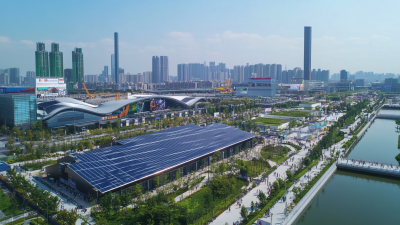
Unleashing the Potential of Solar Powered Pumps at the Record Breaking 137th Canton Fair
-
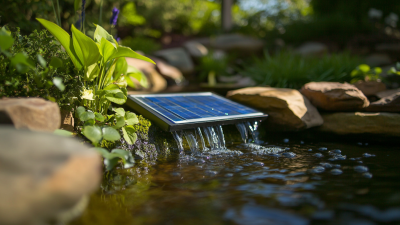
Discover Premium Solar Pond Pumps from the Leading Manufacturers in China
-
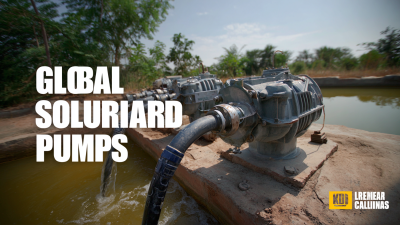
Global Leadership in Solar Solutions Best Solar Powered Pumps from China
-

Exploring Real Life Applications of Best Solar Pumps in Agriculture and Industry
-
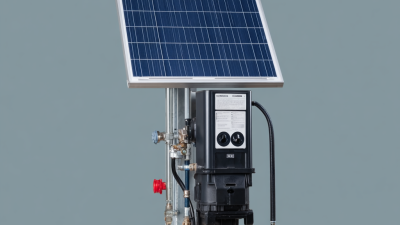
7 Essential Tips to Choose the Best Solar Pumps for Your Needs
Contact Details
Address:
Solar Pump Solutions,
Borrisokane, Co. Tipperary, Ireland.
